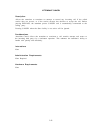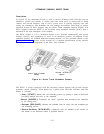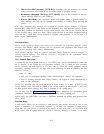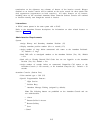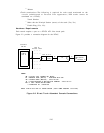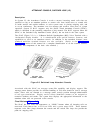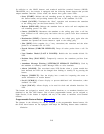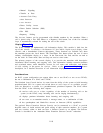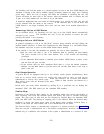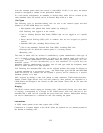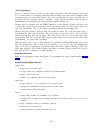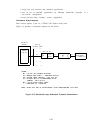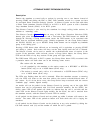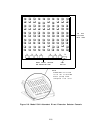● Manual Signaling
● Transfer to Data
● Account Code Entry
● Auto Intercom
● Auto Answer
● Direct Facility Access
● Direct Station Selection (DSS)
● Flex DSS
● Repertory Dialing.
The last two features can be programmed with dialable numbers by the attendant. When a
call is placed using a Flex DSS button or a Repertory Dial button, one of the five switched
loops is automatically selected for routing the call to the switch.
Display (Figure 2-4)
The SLAC contains an alphanumeric call information display. This module is built into the
top of the console.
It contains a 16-character 5x7 dot matrix liquid crystal display, timer
controls, and a thumbwheel Contrast adjustment.
Timer functions are available only when
the attendant presses the Local button. The Time/Timer Exit button allows the user to select
ordinary clock/calendar display or a timer.
In the Time mode, Set, Fwd, and Rev are used to
set the clock. In Timer mode, Start and Stop are used to time events.
The primary purpose of the console display is to provide the attendant with descriptive
information about incoming and outgoing calls. This information includes extension numbers
and associated names, trunk identifiers, reasons for call return and redirection, and number
of calls waiting in the queue for service.
Refer to the “Attendant Display” feature
description, for a detailed discussion of call information displays.
Considerations
An R1V2 system configuration can support either one or two SLACs or one or two DTACs,
but not a combination of a SLAC and a DTAC.
The Switched Loop Console derives its name from the ability of the system to hold incoming
attendant-bound calls in a queue and switch them on voice loops to an available console.
Calls are directed to a console in a preadministered, prioritized sequence. The SLAC differs
from the DTAC in the following basic respects:
● It receives calls one at a time, regardless of the number of incoming calls to the
system (at the DTAC, many incoming calls can be ringing simultaneously).
● It displays pertinent information about incoming and outgoing calls.
● It can serve as an attendant console, a message center, or a combination of both.
● It has speakerphone and Hands-Free Answer on Intercom (HFAI) capabilities.
The optional Direct Extension Selector Console can be connected to a SLAC to provide
busy/idle status of inside stations and quick calling of their extension numbers. In a system
with two consoles, either or both can have a Selector Console as an adjunct. The Selector
Console is described in the “Attendant Direct Extension Selector Console” subsection.
2-19




